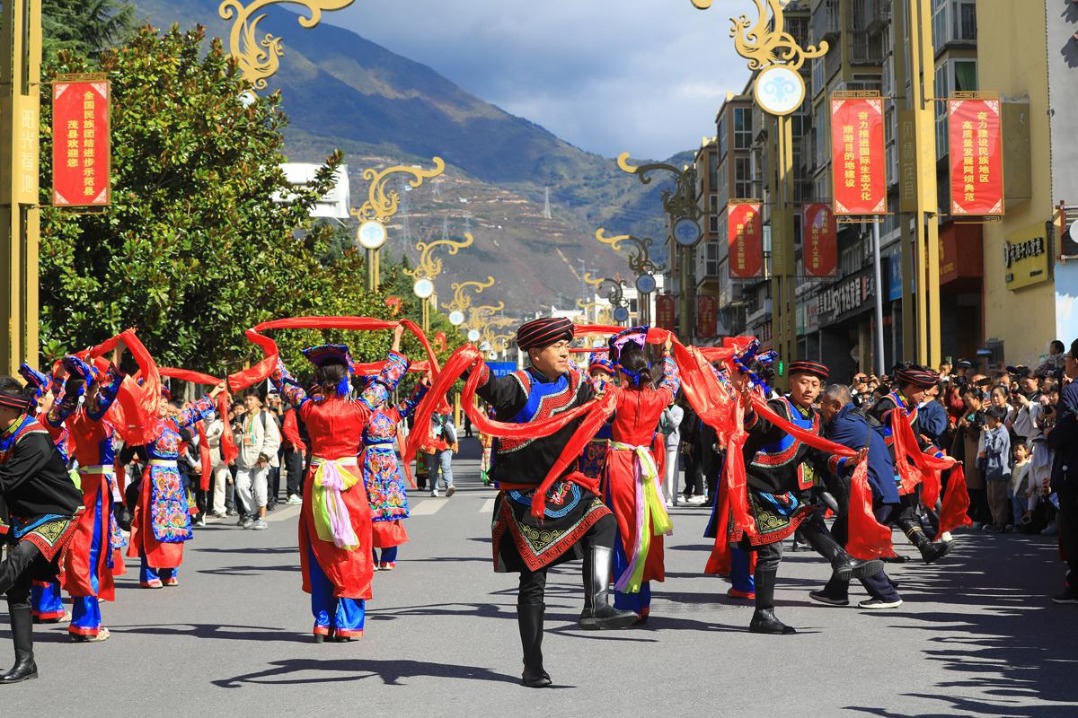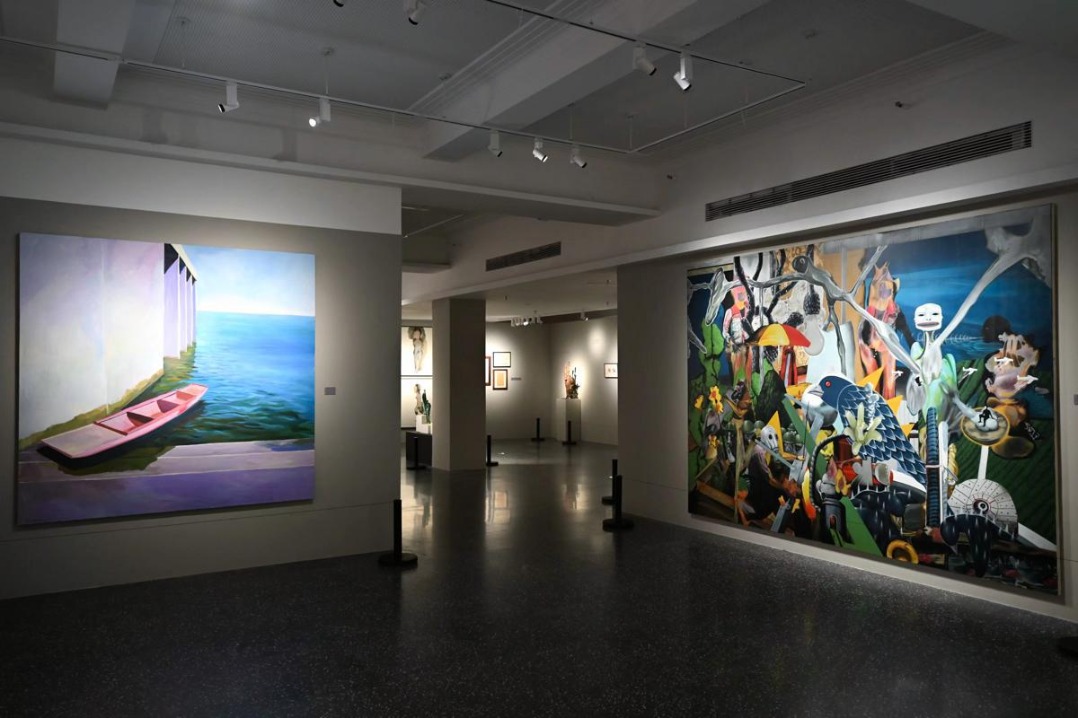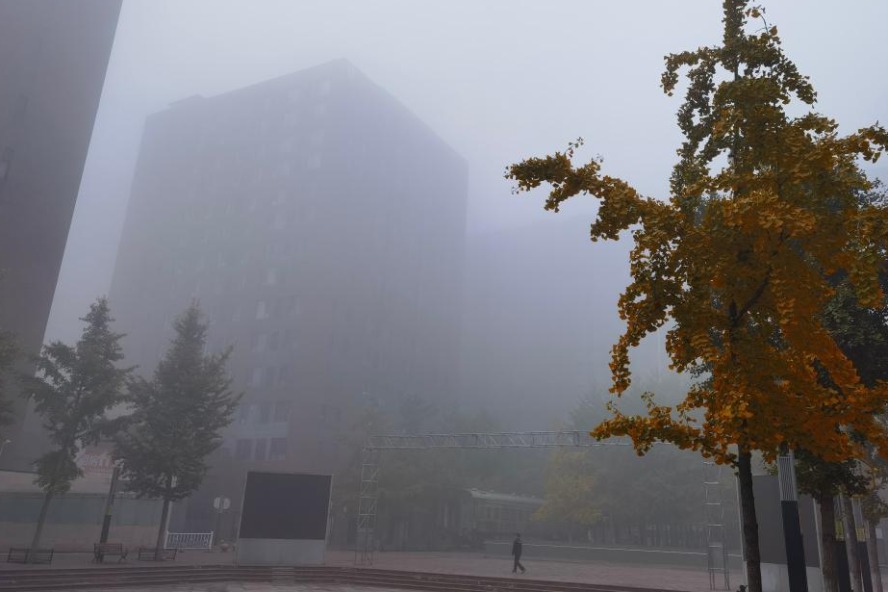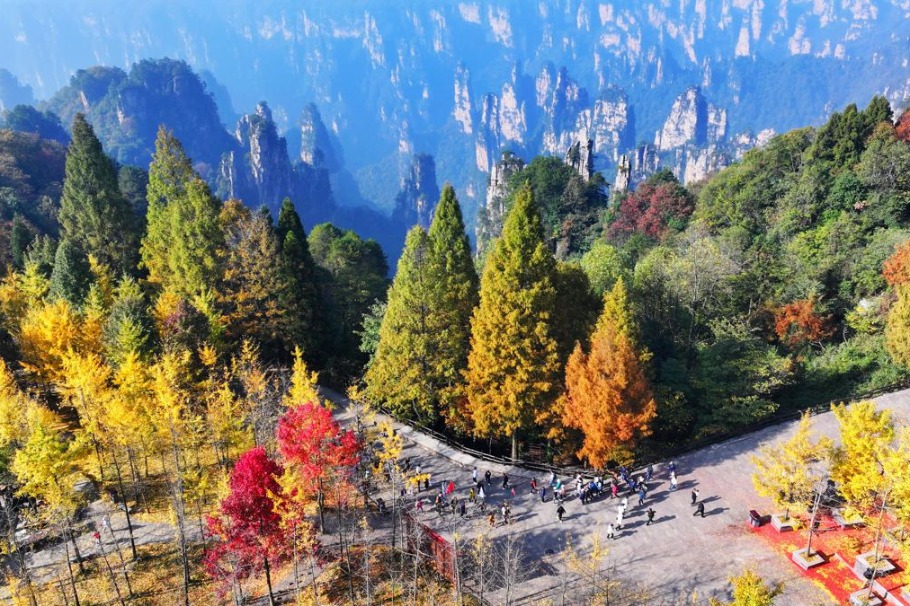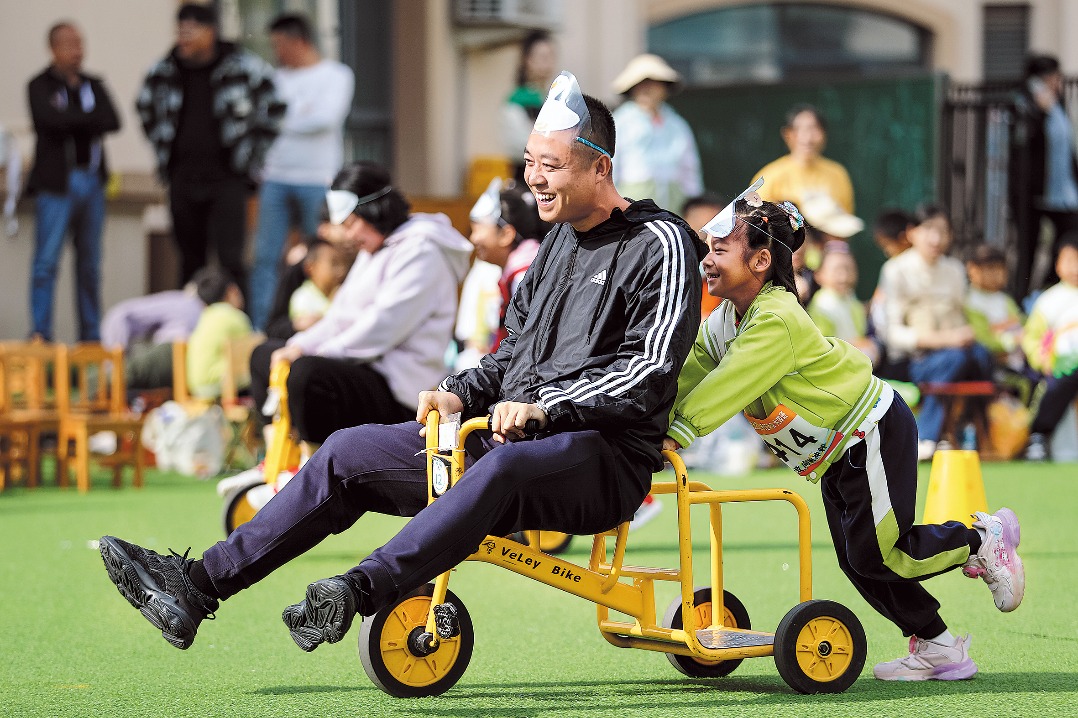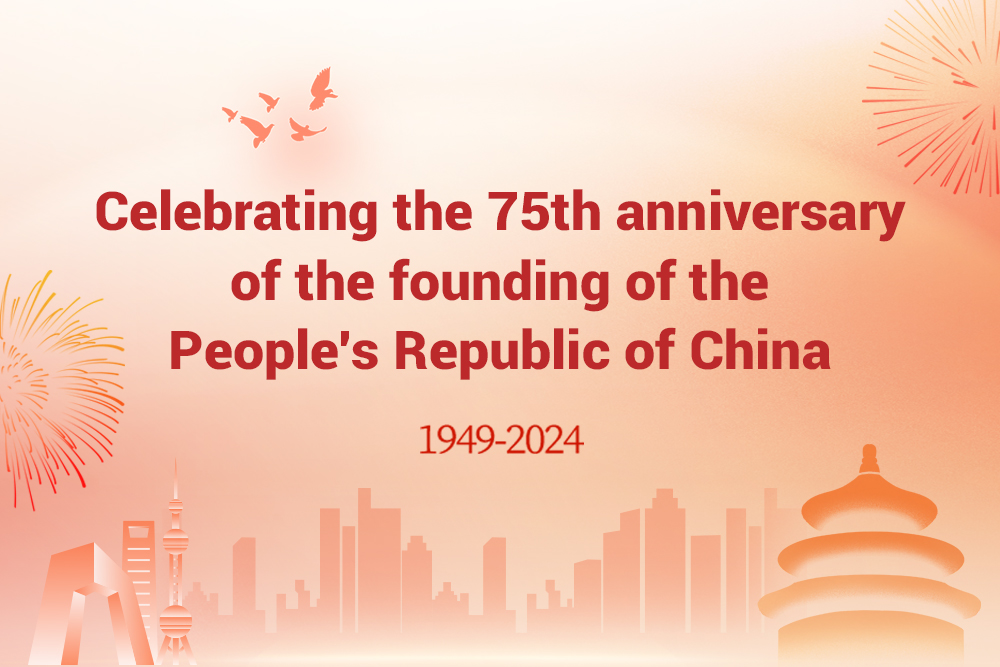Party on the beach
In the first installment of her series on Hong Kong's outlying islands, Faye Bradley revisits some of the time-honored island festivals and finds out about newer ones that celebrate local traditions and environments.

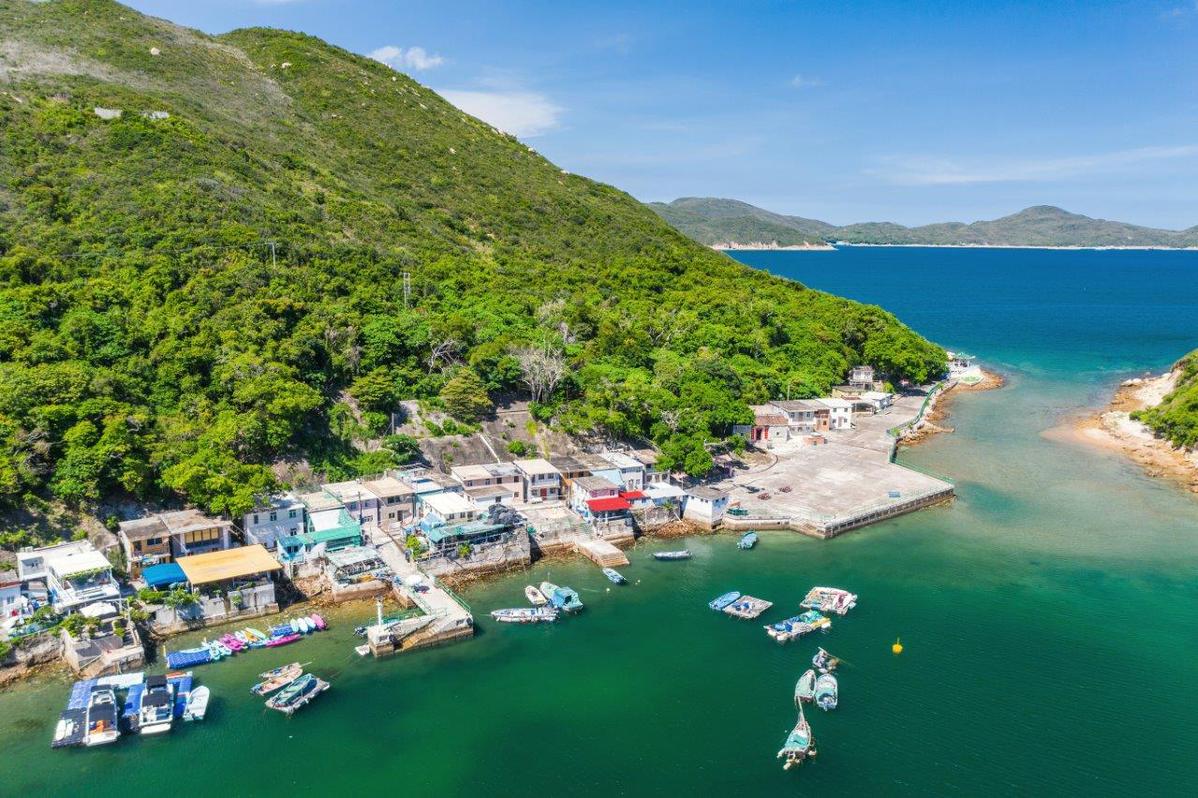
The bun festival held on the island of Cheung Chau in May every year originated in the 19th century. Inhabitants of the island dressed up as gods and enacted the symbolic banishment of the plague and pirates - the two banes of their lives at the time.
The nearly 200-year-old ritual has evolved into the monthlong carnival as we know it today. The parade of children dressed up as legendary heroes and appearing to be floating through the air without any visible support is one of its grandest spectacles, not counting the bun tower climbing contests. The island's restaurants serve mouthwatering vegetarian delights for the duration of the festival, celebrated on the eighth day of the fourth lunar month in the Chinese calendar.
A number of Hong Kong's roughly 260 outlying islands observe time-honored festivals unique to them. Lamma Island, for instance, has several traditional festivities on its cultural calendar. These include the Da Jiu Festival, held in the island's Sok Kwu Wan neighborhood in March, once every four years. The purpose of the festival is to honor local folk gods and pacify wandering spirits. Local people also commemorate their departed ancestors on the occasion. The Tin Hau Festival in April is meant to be a homage to the sea and fishermen, observed at three temples scattered across the island. Held at Luk Chau in May, a second Tin Hau Festival is distinguished by the installation of fa pau - approximately 2.6-meter tall towers made out of paper and bamboo strips that are essential to the ritual. It also features vibrant lion dances and dragon boat races. Yu Lan, or the Hungry Ghost festival, observed in honor of departed ancestors and wandering spirits, takes place in July. Fans of the annual Hong Kong International Dragon Boat Races can head to Lamma Fisherfolk's Village to have a close look at a pair of traditional wooden dragon boats, and even have a go at paddling them.
















